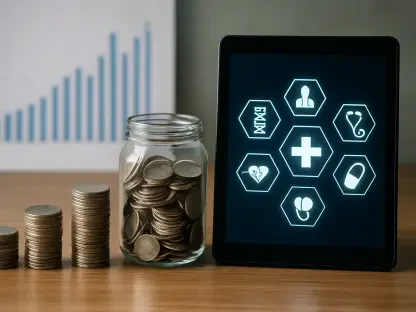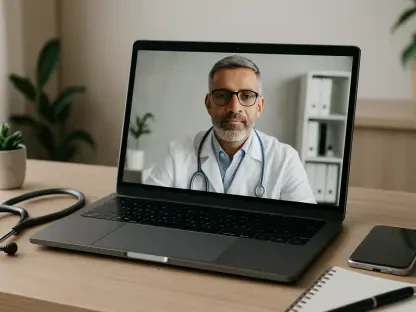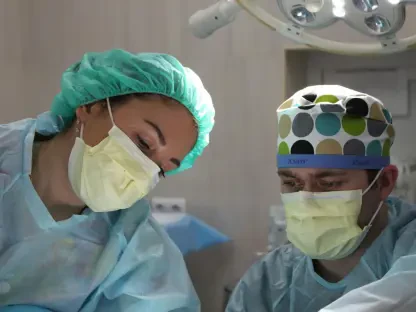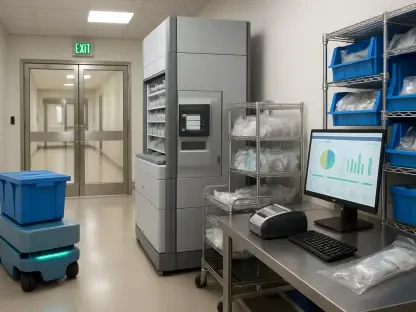In a groundbreaking development for substance use disorder (SUD) treatment, Pennsylvania has made a significant leap forward by embracing telehealth as a viable and effective approach, particularly for its rural communities. This initiative stems from a thoughtful understanding of the unique challenges that individuals in these areas face, such as limited access to healthcare resources, transportation barriers, and societal stigma surrounding SUD. The Pennsylvania Department of Drug and Alcohol Programs (DDAP) has taken a pioneering step by granting its first telehealth-only license to Gateway Rehabilitation Center (GRC). The licensed program, known as “Hope from Home,” aims to dismantle these barriers by providing comprehensive and compassionate care virtually. This development marks a transformative era where equitable health opportunities become more accessible, promising a streamlined integration of technology into public health policy.
The Rise of Telehealth for Substance Use Disorders
Telehealth is redefining how substance use disorders are managed, and Pennsylvania stands at the forefront of this change. The full virtual setup approved for the “Hope from Home” project allows patients to receive various clinical services from the safety and convenience of their own homes. Such services include counseling, psychiatric evaluation, medication-assisted therapies, preventive care strategies, and referral options. By allowing for a virtual-only mode of operation, the state addresses a critical issue: the significant shortage of SUD care providers in rural locales. Telehealth allows professionals from urban centers to extend their expertise without the need for physical travel, thereby maximizing reach and efficiency. The initiative reflects the Shapiro Administration’s commitment to modernizing healthcare accessibility, aligning with launch efforts like the state’s first mobile opioid treatment program and its emphasis on workforce development in the SUD sector.
Future Implications and Broader Impact
As Pennsylvania adopts this forward-thinking approach, the impact goes beyond convenience, touching on vital issues like health equity and the integration of technology. With GRC set to double its telehealth services, this model could reshape healthcare by serving as an example for other states, potentially laying the groundwork for comprehensive remote healthcare across the nation. A critical aspect of this model is its strict monitoring of electronic records and the ability for DDAP to perform remote audits, which helps ensure quality and adherence to standards. Moreover, the nearly 800 licensed SUD facilities highlight the variety of care options and are backed by statewide resources like dedicated helplines. These initiatives represent a significant cultural shift in healthcare, where innovative solutions are sought to overcome the limitations of traditional treatment methods. This groundbreaking move indicates a promising future for telehealth, with the potential to revolutionize access to and the delivery of healthcare services.









